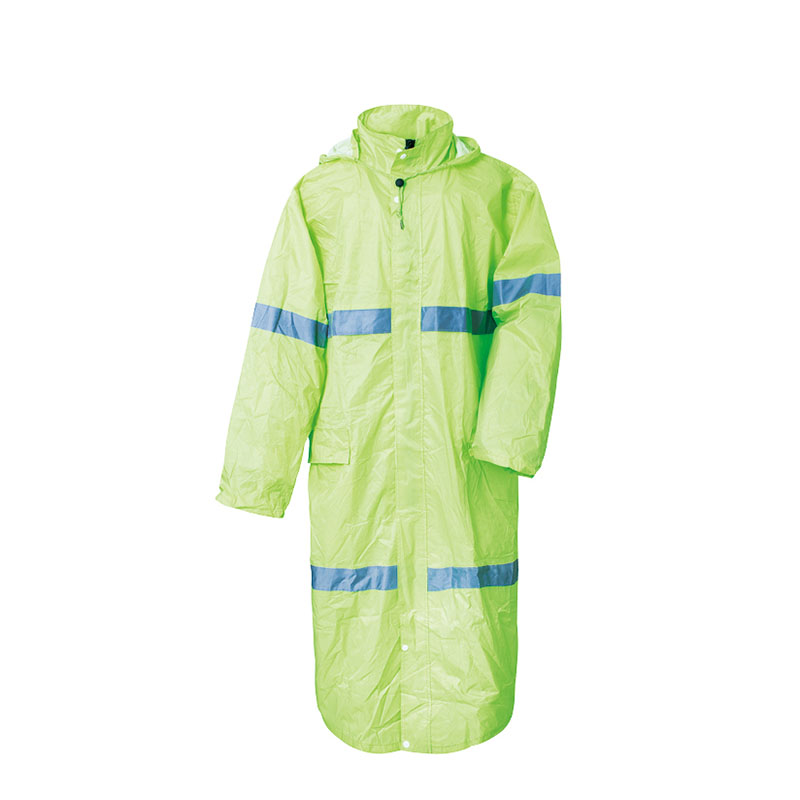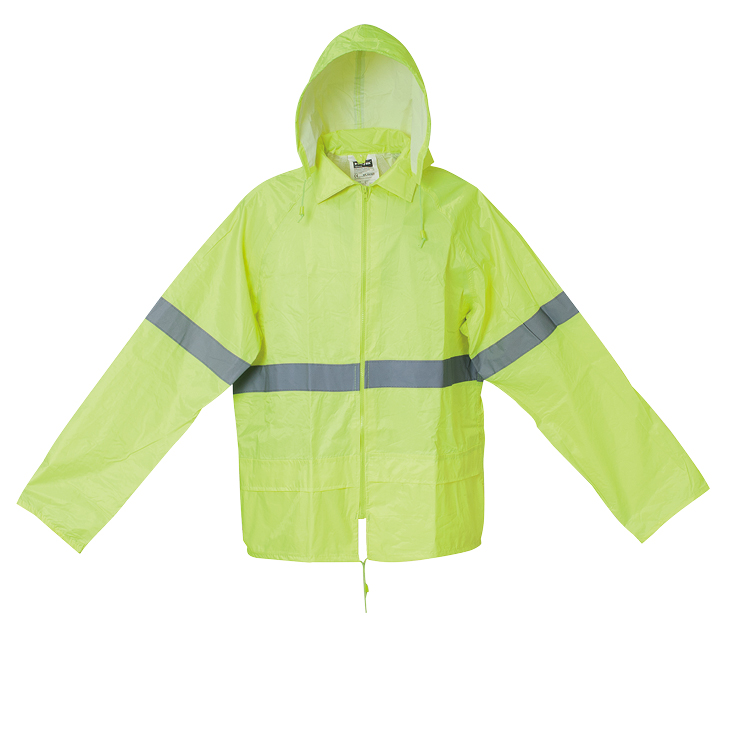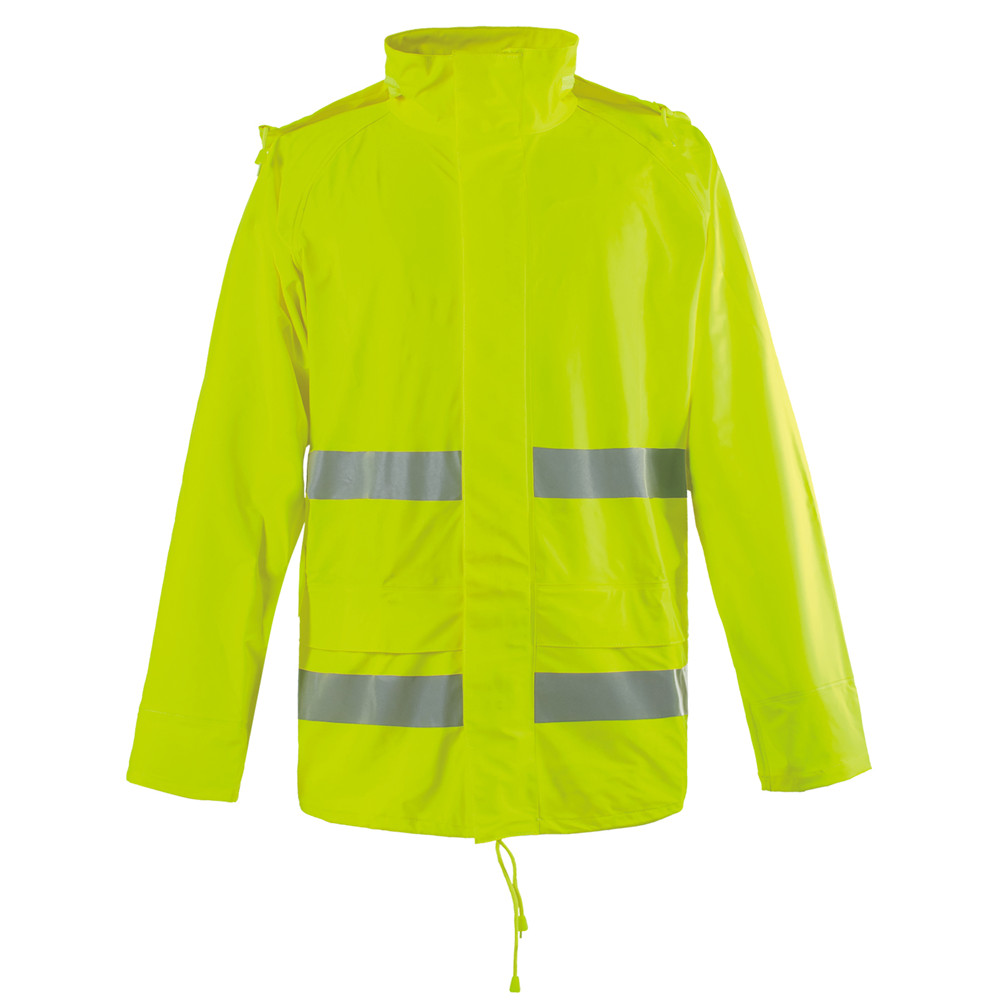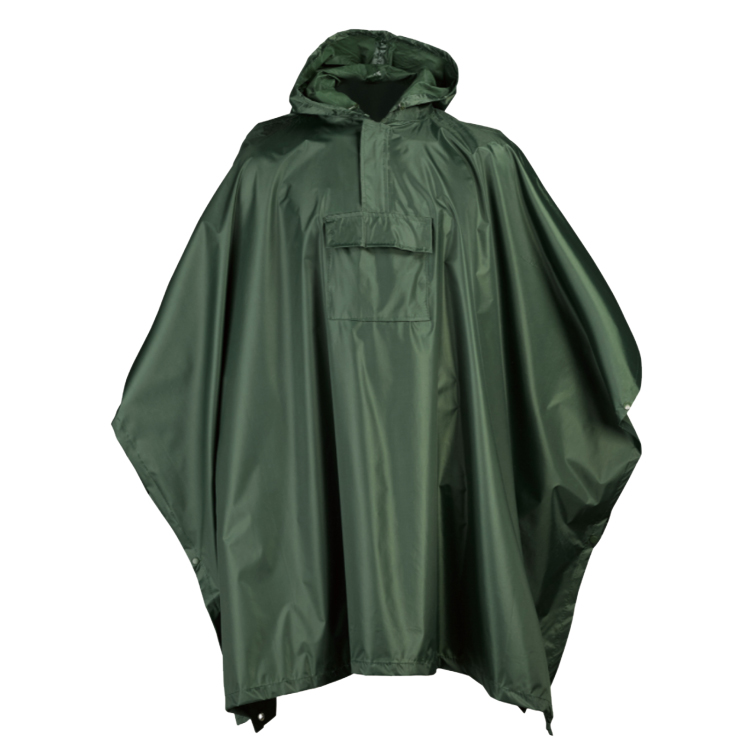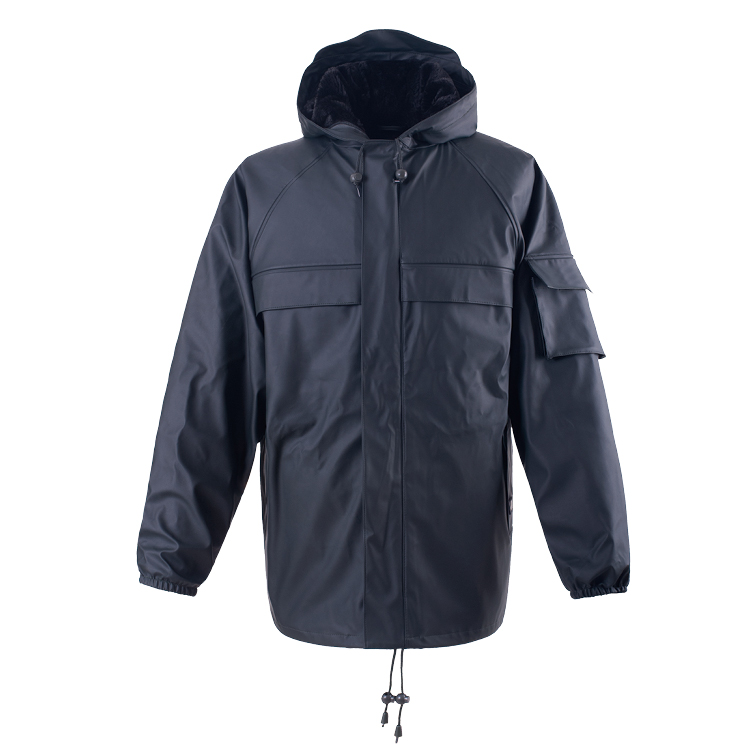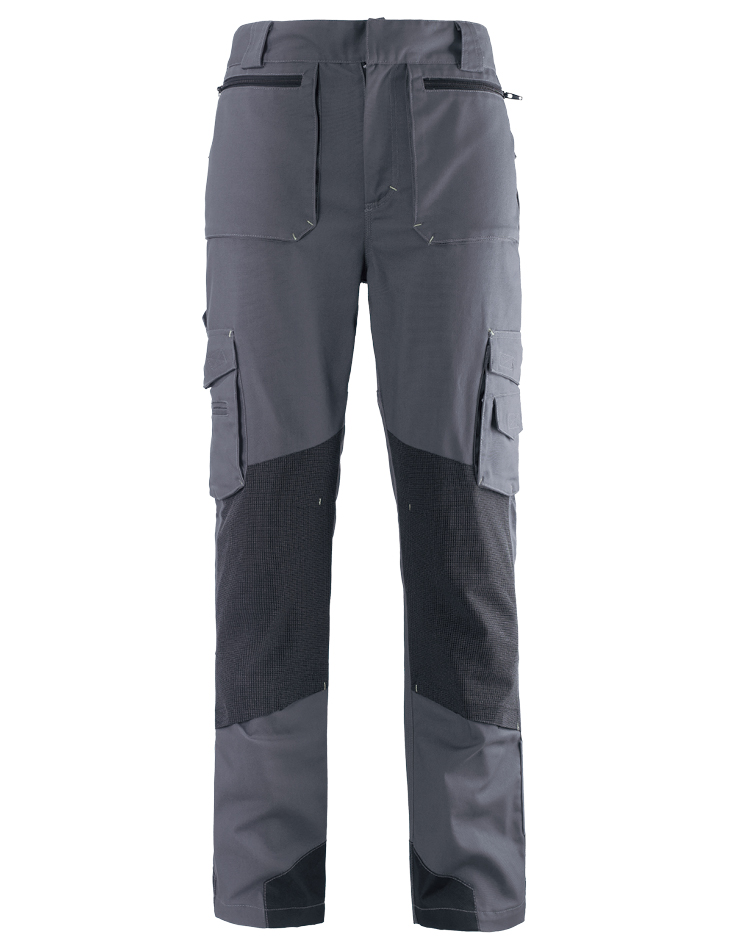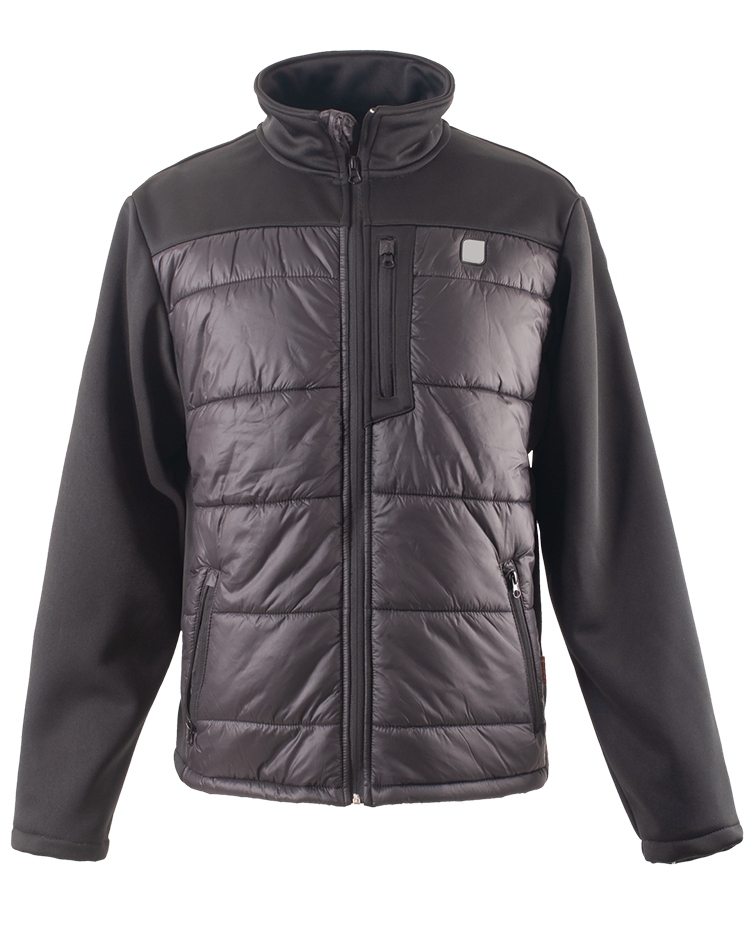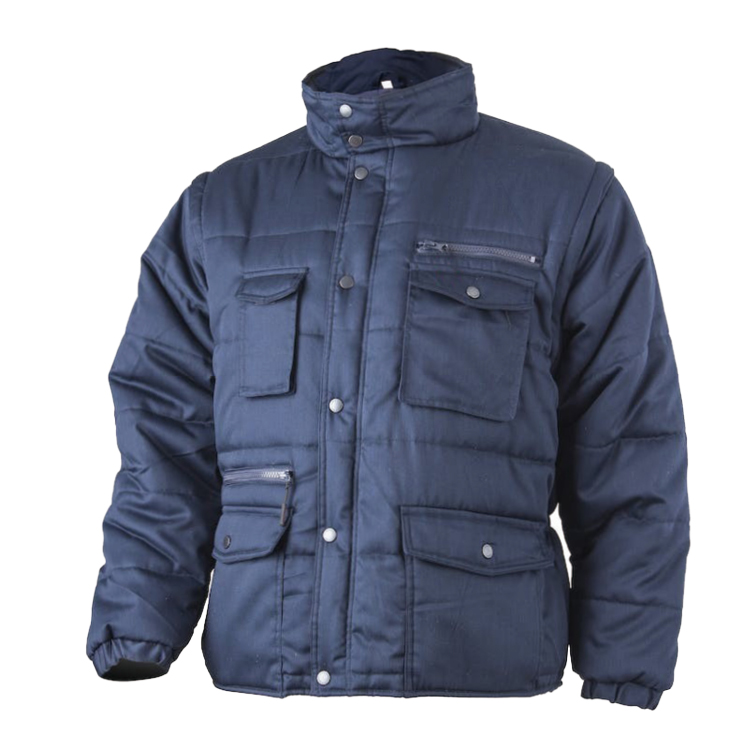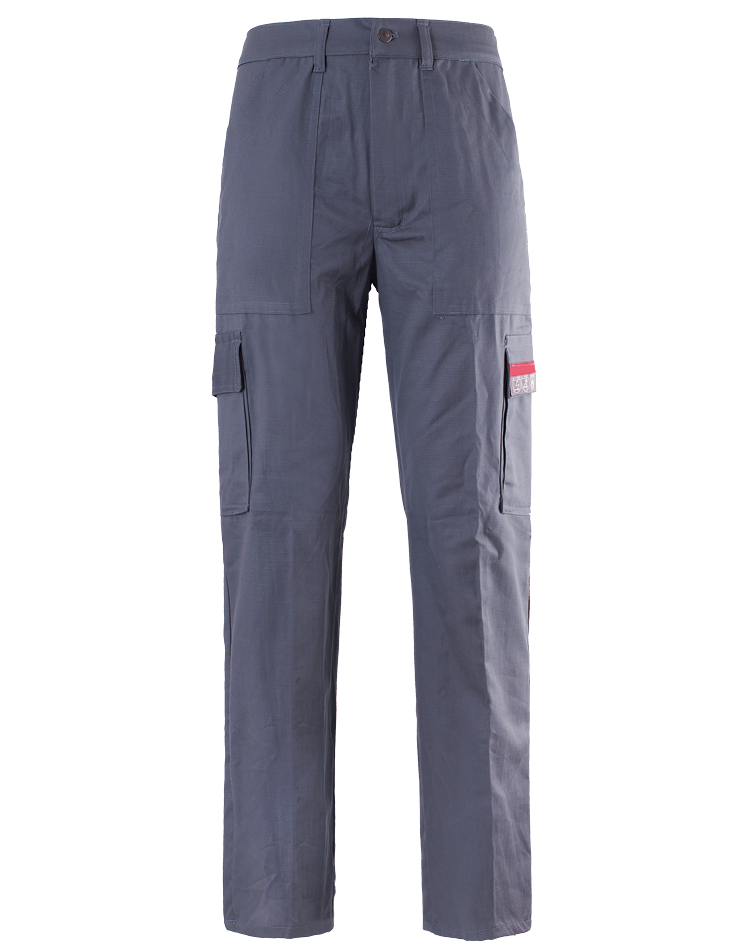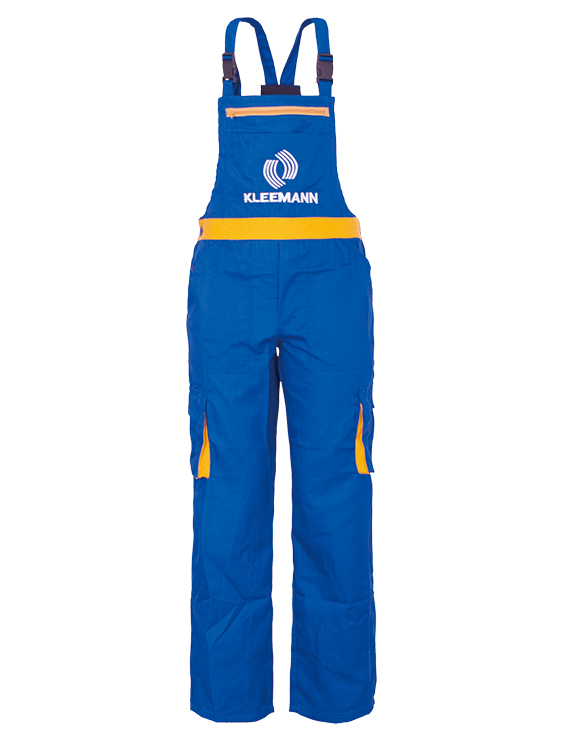Dear customers and friends:
The global market for performance outerwear, particularly parkas, is experiencing robust growth driven by evolving consumer demands for versatility, sustainability, and superior technical performance. Key trends indicate a significant push towards materials with enhanced waterproof-breathable membranes, lightweight yet highly insulative fills, and durable construction designed for extreme weather conditions. There's an increasing emphasis on multi-functional designs, such as the 3 In 1 Jacket, which offer adaptable solutions for varying climates and activities. Furthermore, the aesthetic appeal of a womens black parka, for instance, is now integrated with high-tech features, blurring the lines between fashion and function. This integration is crucial for B2B applications, where products must meet rigorous operational demands while also aligning with professional image.

Technological advancements in textile engineering are leading to smarter fabrics that not only protect against the elements but also manage body temperature effectively. Innovations include bio-based insulation, PFC-free DWR (Durable Water Repellent) finishes, and recycled content in shells and linings, reflecting a strong industry commitment to environmental responsibility. For specialized applications, a specific parka type of jacket is often sought for its thermal efficiency and robust protection against sub-zero temperatures, making it indispensable in sectors requiring outdoor operations. Manufacturers are also focusing on ergonomic designs that allow for maximum mobility without compromising warmth, catering to a diverse user base from urban commuters to field technicians operating in harsh environments.
Technical Parameters and Core Components of High-Performance Parkas
A high-performance parka type of jacket is defined by a precise combination of technical specifications that ensure optimal protection and comfort. Critical parameters include waterproof ratings, typically measured in millimeters of water column (e.g., 10,000mm to 20,000mm+), indicating the fabric's resistance to water penetration. Breathability, expressed in grams per square meter per 24 hours (g/m²/24h), quantifies the fabric's ability to allow moisture vapor to escape, preventing internal condensation. Insulation, whether natural down or synthetic, is characterized by its fill power (for down, e.g., 600-900 FP) or gram weight (for synthetic, e.g., 100-200 gsm), determining its thermal efficiency. An ankle length parka womens style, for example, often features extended coverage requiring specific consideration for material drape and insulation distribution to maintain warmth without restricting movement.
Key components include robust outer shell fabrics, often made from nylon or polyester with DWR finishes, a waterproof-breathable membrane (e.g., GORE-TEX, eVent), a highly efficient insulation layer, and durable lining materials. Seam sealing, using waterproof tapes, is essential to prevent water ingress through stitched areas. Zippers are typically water-resistant or waterproof, and hood systems are designed for maximum adjustability and facial protection. The construction of a womens black parka often includes features like articulated sleeves, adjustable cuffs, and internal storm flaps to enhance thermal retention and weather resistance. These meticulous details are vital for ensuring the garment's integrity and performance in demanding professional settings.
Typical Parka Technical Specifications
|
Feature |
Range / Specification |
Impact on Performance |
|
Waterproof Rating |
15,000 - 25,000 mm H₂O |
Resistance to heavy rain and wet snow. |
|
Breathability Rating |
10,000 - 20,000 g/m²/24h |
Ability to release moisture vapor, preventing clamminess. |
|
Down Fill Power (FP) |
650 - 800 FP (Duck/Goose Down) |
Volume of down, directly correlates with loft and warmth-to-weight. |
|
Synthetic Insulation |
120 - 200 gsm (e.g., PrimaLoft, Thinsulate) |
Warmth retention, often performs better when wet than down. |
|
Outer Fabric Denier |
70D - 150D Nylon/Polyester |
Indicates fabric thickness and abrasion resistance. |
|
Temperature Rating |
-20°C to -40°C (depending on fill) |
Estimated comfort range in static conditions. |
Manufacturing Process: Precision and Quality for Parka Production
The production of a high-quality parka type of jacket involves a meticulously controlled process to ensure performance and durability. It begins with the careful sourcing of technical fabrics, including durable outer shells, waterproof membranes, high-loft insulation materials (down or synthetic), and comfortable lining fabrics. Each material undergoes stringent quality checks upon arrival, including tests for tear strength, abrasion resistance, and colorfastness. Cutting is performed using automated CNC cutting machines to ensure precision and minimize material waste, particularly critical for multi-panel designs and for an ankle length parka womens fit where precise tailoring is essential.
The subsequent stitching phase utilizes specialized industrial sewing machines capable of handling heavy-duty materials while maintaining seam integrity. For waterproof garments, all critical seams are then sealed with waterproof tape using hot-air seam sealing machines, a process vital for preventing water penetration and ensuring the parka meets its waterproof rating (e.g., ISO 811 Hydrostatic Pressure Test). Insulation filling, especially for down, occurs in controlled environments to prevent contamination and ensure even distribution, maximizing thermal efficiency. Finally, garments undergo a series of quality control checks, including visual inspections, functional tests of zippers and adjusters, and performance tests like simulated rain chamber tests to confirm water repellency and waterproofing (e.g., ASTM D3776 standards). This rigorous process guarantees the longevity and reliability of a womens black parka in challenging conditions.
The estimated service life for a well-maintained, high-quality parka can range from 5 to 10 years, depending on usage intensity and care. Applicable industries requiring such durable and high-performing outerwear include:
- Oil & Gas / Mining:For workers in extreme cold and harsh environments, where protection against wind, snow, and low temperatures is critical.
- Logistics & Transportation:Personnel operating in cold storage, outdoor depots, or during winter transport.
- Emergency Services / Military:First responders and military personnel requiring reliable thermal insulation and weather protection during extended outdoor operations.
- Utilities & Infrastructure:Technicians performing maintenance or repair work outdoors in winter conditions.
- Scientific Research / Expeditions:Researchers in polar regions or high-altitude environments.
In these scenarios, advantages such as superior thermal insulation, enhanced water and wind resistance, and ergonomic design for mobility contribute to increased worker safety, comfort, and productivity. The ability of the garment to effectively manage internal microclimate reduces risks of hypothermia and heat stress, directly translating to operational efficiency.
The Versatility of the 3 In 1 Jacket: A Strategic Advantage
The 3 In 1 Jacket represents a pinnacle of versatility in the outerwear market, effectively functioning as three distinct jackets in one integrated system: a waterproof outer shell, a removable insulated inner jacket (often a fleece or a lightweight down/synthetic puffer), and the combined unit offering maximum protection. This modularity makes it an ideal parka type of jacket for environments with fluctuating weather conditions, reducing the need for multiple specialized garments. For instance, a procurement officer seeking an ankle length parka womens for varied professional roles would find the 3 In 1 system highly appealing for its adaptability across mild, cool, and frigid conditions.
The core technical advantage lies in its ability to offer tailored levels of warmth and weather protection. Users can wear the shell alone for rain and wind protection in milder temperatures, the inner insulated jacket for dry, cold conditions, or combine both for ultimate warmth and storm-level defense. This system not only streamlines inventory for businesses but also enhances user comfort and operational readiness. Below is a comparative overview of the 3 In 1 Jacket's configurations:
3 In 1 Jacket Configuration Comparison
|
Configuration |
Weather Suitability |
Key Advantage |
Typical Temperature Range |
|
Outer Shell Only |
Rainy, Windy, Mild Cold |
Waterproof, windproof, lightweight. |
+5°C to +15°C |
|
Inner Insulated Jacket Only |
Dry Cold, Cool Conditions |
Thermal insulation, breathability, comfortable. |
-5°C to +10°C |
|
Combined Unit (Full Parka) |
Extreme Cold, Heavy Snow, Rain |
Maximum warmth, waterproof, windproof, breathable. |
-25°C to -5°C |
The adaptability makes the 3 In 1 a cost-effective solution for diverse operational needs, enhancing the utility of an investment in a durable womens black parka for corporate uniforms or field equipment.
Manufacturer Comparison & Customization Solutions
When selecting a parka type of jacket, B2B buyers evaluate manufacturers based on several criteria: product range, technological innovation, customization capabilities, and after-sales support. Premium manufacturers often distinguish themselves by using proprietary waterproof-breathable membranes, ethically sourced down (e.g., Responsible Down Standard - RDS certified), and advanced seam construction techniques. They also tend to offer a broader range of specialized parkas, including designs like the ankle length parka womens, optimized for specific user demographics and applications.
Reputable manufacturers provide extensive customization options to meet specific corporate branding guidelines, safety requirements, and functional needs. These can include:
- Branding:Custom logo embroidery or heat transfers for corporate identity on a womens black parka.
- Color Matching:Production in specific corporate colors or high-visibility options (e.g., EN ISO 20471 compliance).
- Feature Modifications:Addition or alteration of pockets, hood types (detachable, helmet-compatible), reflective elements, and reinforced stress points.
- Material Selection:Choice of shell fabric (e.g., nylon, polyester, Ripstop), insulation type, and lining materials to match environmental conditions and budget.
- Sizing & Fit:Customized sizing charts or specialized cuts for different body types and layering requirements.
Our approach emphasizes a collaborative design process, ensuring that the final product not only meets technical specifications but also aligns perfectly with client operational demands and brand image. We leverage certifications like ISO 9001 for quality management and collaborate with industry-leading textile innovators to ensure our offerings remain at the forefront of performance and sustainability.
Application Cases & Client Testimonials
Our advanced parka type of jacket solutions have been successfully deployed across various challenging environments, demonstrating their reliability and performance.
- Arctic Research Expedition:Provided custom-designed expedition parkas for a team operating in temperatures as low as -40°C. The parkas featured 800-fill-power goose down, a 20,000mm waterproof rating, and integrated RECCO reflectors for enhanced safety. Feedback highlighted exceptional warmth retention and durability under extreme wind and snow conditions.
- Urban Utility Workforce:Supplied a fleet of 3 In 1 Parkas to a municipal utility company. The versatility allowed crews to adapt their outerwear from mild, rainy autumn days (shell only) to freezing winter nights (full parka), streamlining procurement and ensuring consistent comfort and protection for all personnel, including an ankle length parka womens variant that proved highly popular for enhanced lower body warmth.
- Security Personnel in Cold Climates:Equipped a private security firm with specialized womens black parka These parkas incorporated discreet reflective elements for nighttime visibility, multiple utility pockets, and a durable ripstop outer fabric. The uniforms were praised for their professional appearance, thermal performance, and ability to withstand daily wear and tear in demanding urban security roles.
These cases underscore our commitment to delivering performance-engineered outerwear that meets the precise demands of our B2B clients, offering superior protection, longevity, and ergonomic design.
Frequently Asked Questions (FAQ)
Q1: What is 'fill power' in a parka, and why is it important?
A1: Fill power (FP) is a measure of the loft or fluffiness of down insulation, indicating its ability to trap air and provide warmth. It is expressed as cubic inches per ounce (e.g., 650 FP). A higher fill power means more air trapped per ounce of down, resulting in greater warmth for a given weight, making the parka type of jacket lighter and more compressible while maintaining thermal efficiency.
Q2: How do waterproof and breathability ratings work for technical fabrics?
A2: Waterproof ratings are measured in millimeters (mm) of water column; for instance, 10,000mm means the fabric can withstand a 10-meter column of water before leakage. Breathability is measured in grams per square meter over 24 hours (g/m²/24h), indicating how much water vapor can pass through the fabric. Higher numbers for both signify better performance against rain and internal moisture build-up, crucial for any womens black parka intended for active use.
Q3: What are DWR coatings, and how do they benefit a parka?
A3: DWR (Durable Water Repellent) is a polymeric coating applied to the outer fabric of a parka. It causes water to bead up and roll off the surface, preventing the fabric from becoming saturated. This maintains the garment's breathability and keeps the user dry. While not making the fabric waterproof, DWR is crucial for supporting the performance of the underlying waterproof membrane, especially important for an ankle length parka womens where surface shedding of water helps prevent chilling.
Q4: What is the average lead time for a custom parka order?
A4: Lead times for custom parka orders typically range from 8 to 14 weeks, depending on the complexity of the design, order volume, material availability, and customization requirements (e.g., specific branding, unique fabric blends). We provide a detailed production schedule upon order confirmation to ensure transparency and timely delivery.
Q5: Do your parkas come with a warranty?
A5: Yes, all our professional-grade parkas, including every parka type of jacket we produce, come with a standard 2-year warranty covering manufacturing defects in materials and workmanship. This demonstrates our confidence in the quality and durability of our products. Extended warranty options may be available for large institutional orders.
Q6: How do I ensure proper sizing for a bulk order of parkas?
A6: We provide comprehensive sizing charts and can offer sample sets for fitting trials to ensure accurate sizing for your team. For specialized needs, we can consult on custom size ranges, particularly important for ensuring optimal comfort and mobility for items like an ankle length parka womens, which has specific fit considerations.
Q7: What kind of after-sales support do you offer?
A7: Our commitment extends beyond delivery. We offer dedicated customer support for any inquiries regarding product care, repairs, or performance issues. Our technical team is available to assist with maintenance guidelines and troubleshoot any challenges, ensuring the longevity and continued performance of your investment in a high-quality womens black parka.
Post time: Aug . 26, 2025 10:04

